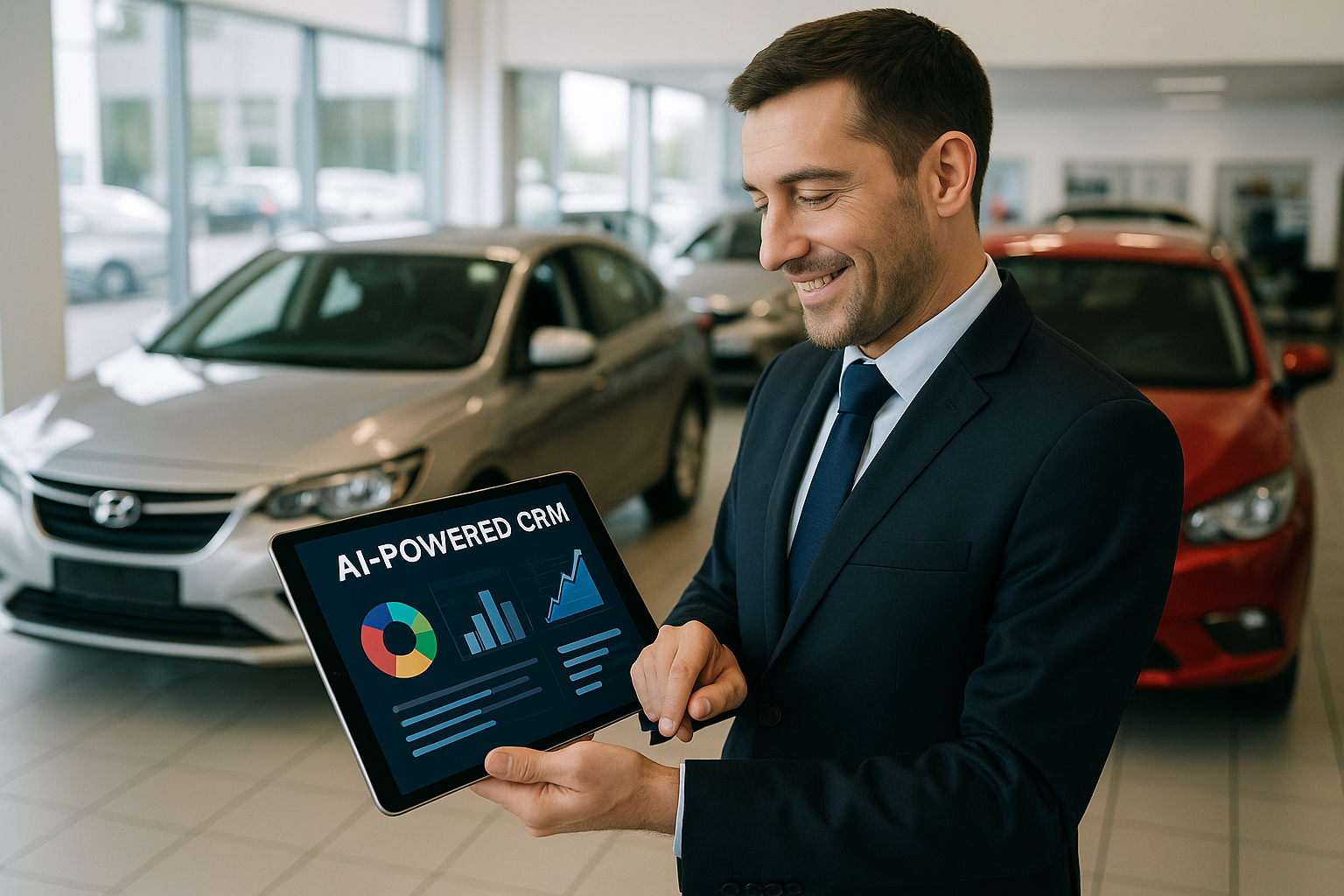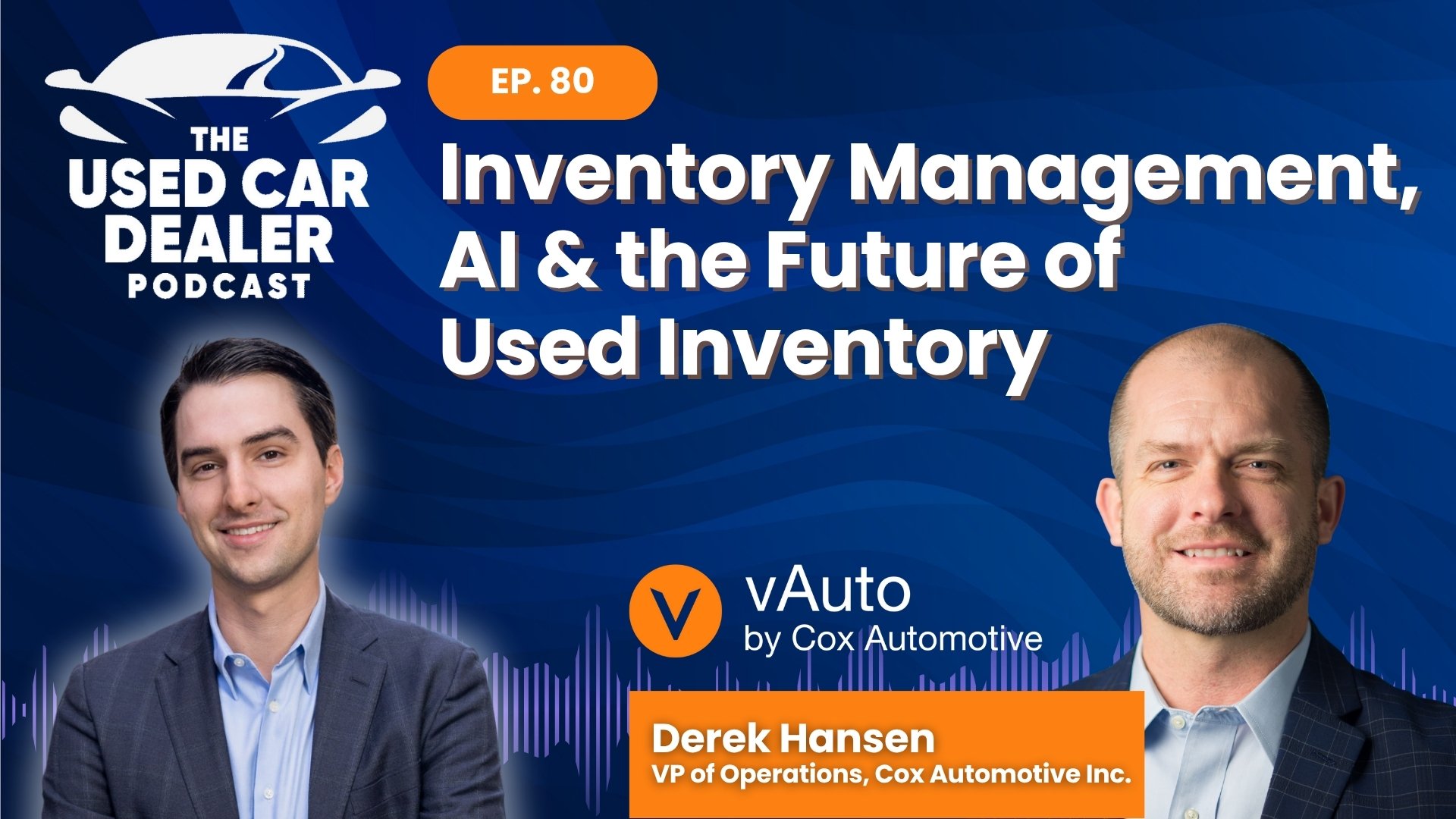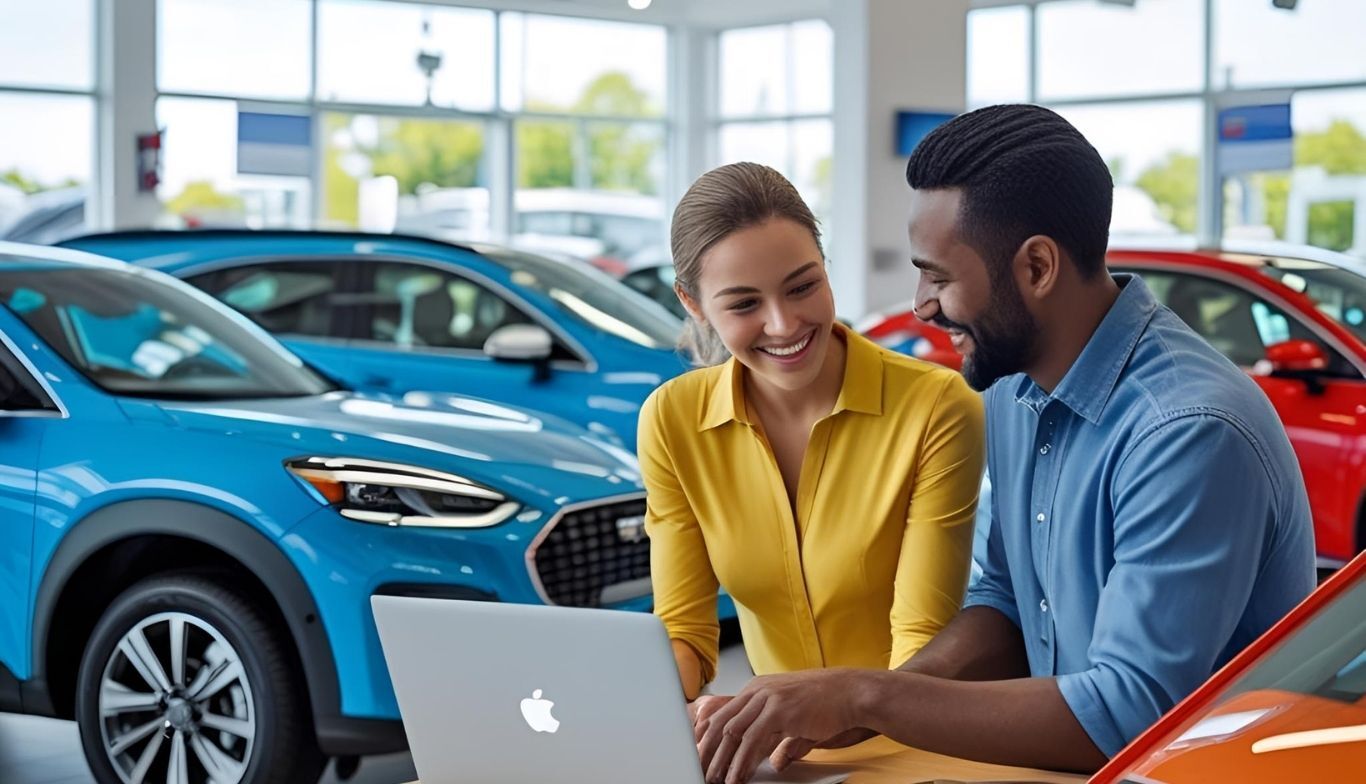In this episode of the Used Car Dealer Podcast, Zach talks with Tim Zierden, Chief Operating Officer at TradePending, to unpack how the company’s trade-in, payment, video, and retention tools are “making automotive simple” for more than 5,000 dealerships. Tim shares what drew him to the role after two decades at Cox Automotive, KAR Global, and Dealertrack, the biggest milestones powering TradePending’s recent expansion, and how real-time data helps dealers outpace tariff-driven price swings. The conversation also dives into AI-lite automation vs. personal video, the rise of CDPs, and the customer-life-cycle tactics that turn online shoppers into lifelong service customers. Whether you’re wrestling with affordability headwinds or hunting for higher-ROI digital retailing solutions, Tim’s insights are a must-listen.
Zach: Hello Zach here, and today we're excited to welcome Tim Zierden, chief operating officer of TradePending. He has over 20 years in the auto industry, and he's held leadership roles at Cox Automotive, KAR Auction Services, and Dealertrack.
At TradePending, he leads operations through the customer life-cycle, overseeing sales, marketing, onboarding, customer support, and success. So Tim, thanks so much for joining me on the podcast today.
Tim: Thank you, Zach. I appreciate you having me on. Look forward to the conversation.
Zach: Tim, you've had a diverse career in auto technology. Can you share what led you to join TradePending and how your previous roles have shaped your approach to dealership solutions?
Tim: Sure. First of all, I was really fortunate to know a couple of folks on the board of TradePending, and when the opportunity came up I was intrigued. As I started to do more research on the company, I was really impressed with what Bryce and his team had built, especially in the trade space—very successful tool—and the acquisition of AutoAPR, which is now our payment solution, had gone really, really well. They'd just made a couple of new acquisitions—SnapCell and Fixed Ops Digital—so it was a really exciting time to come into the company. I really enjoyed the conversation with the private-equity team that's involved and what their vision was for where the company was going. More importantly for me, I spent time with dealers who are using the solutions to understand their perception and got really, really good feedback on why the tools work for them, what they like about it, what they like about the company. All that came together to say, hey, this is a great opportunity.
Tim: It's an interesting space and, as I look across the automotive-technology ecosystem—been in this space for a long time—there are a lot of companies I would call lifestyle businesses: small footprint, this is not that. These folks are pretty serious about what they're doing. They've been doing it for a long time, I think now 12 years. When I look at tools for dealers, if it's not clear what the return on investment for the dealer is from the tool, I'm not really interested in participating in that space. These tools—again, long history, really good dealer feedback—I think where they sit between the dealer and the customer, allowing the consumer to get really good information very quickly and the dealer to influence those outputs for the consumer, is super important and makes for a great consumer experience and really helps the dealer drive consumers down-funnel.
Zach: TradePending has seen significant growth and transformation in recent years. What do you think are some of the biggest milestones? You mentioned acquisitions, but I'm curious.
Tim: Yeah, obviously growth through acquisitions, but also organic growth. I think they've brought some products to market that have been really helpful. We have a product we call AutoBio, which is basically a digital window sticker, but the amount of data that's in there—trackability, everything we can do around that—really helps not only the consumer understand the vehicle they're looking at, but it actually helps the salesperson on the sales floor be more educated about the cars they're selling. You come from the used-car business; if you go into a franchise store and you've got an off-brand car in your used-car department, the likelihood that the salesperson you're talking to knows everything about that car is fairly low. It's just really hard for anybody to have that kind of knowledge, so tools that help them be educated and educate the consumer at the same time are super impressive, super helpful, and really help the consumer experience and sell more cars.
Zach: TradePending’s mission, from my understanding, is “simple automotive,” aiming to bridge the gap between dealer information and consumer needs. How does this philosophy influence the development of your platform’s features?
Tim: Good question. We think about it two ways. Starting with the consumer: is it simple for the consumer to get the information they're looking for? We've done the same survey for 12 years. Top three reasons a consumer comes to a dealer's website: Number one—do they have the inventory I'm looking for? Our dealers are really good at getting their own inventory online. Number two—how much car can I afford? How do we make it really easy for them to understand the payment ranges, get that information without filling out a massive form, and see which inventory fits that payment? And third—what’s my car worth if they’ve got a trade-in? How do we make it very simple for the consumer to get to that information so they feel more educated by the dealer? On the dealer side, we make it really simple for them to set up, get everything running, and get the information they need about the consumer. On video, our solution is super simple—one click, very easy to make a video and send it. Same with AutoBio. As we think about our development cycle, we keep that front of mind: how do we make this easy for the dealer and the consumer, integrate into daily workflow, and give easy access to data?
Zach: With over 5,000 dealerships utilizing TradePending solutions, what feedback have you received from dealers regarding the impact on customer engagement and sales processes?
Tim: On the consumer-engagement side, we get great feedback on how well our tools move shoppers into active customers. Once they're in that cycle, we provide constant feedback on what the consumer is doing: what they looked at on the website, did they return, specific cars, colors, price points. All that data goes to a salesperson getting ready to reach out. Then we focus on personalized relationships—video in a world of AI chatbots is a much more personal response than an automated CRM email. If we can provide more info on the vehicle, an educated consumer getting education from you is more likely to continue the conversation. Once they’re a customer, we have retention tools. Our Service Offers product is much more robust than a typical service page. And ValueWatch lets consumers track their vehicle’s value with monthly updates that bring them back to the service department. In today’s environment, anything we can do to keep that consumer engaged with the dealer through the life-cycle of ownership is super important.
Zach: As COO, you're responsible for overseeing the entire customer life-cycle. What strategies have you implemented to ensure a seamless experience from onboarding the dealership to ongoing support?
Tim: As the company has grown from a single product to multiple products—especially through acquisition—deployment and onboarding become more complex. Some tools are more complex to deploy: video takes in-store training, getting salespeople engaged. We focus on the first 90 days. If a dealer says yes, what do we do in that first 90-day period to make onboarding seamless? I look at it as time to first value. How do we show the dealer value in the first 90 days? That becomes a process. I'm lucky to have great partners running deployment and CS. We make sure the dealer is informed, understands what's happening, and, once they're live, we reinforce value and help them optimize over time. It's always evolving, but we want dealers to feel good about the initial impression, see value quickly, and keep optimizing.
Zach: Shifting gears—current industry trends. With the current tariff-driven challenges in the auto marketplace, how is TradePending helping dealers navigate these changes, and what impact do you anticipate these tariffs will have moving forward?
Tim: Funny, we were just on an all-company call and that question came up. What's interesting with TradePending’s trade tools is we collect data daily, so we can help dealers update their values quickly. We’re not waiting on latent data from other sources. And because our tools are configurable, as used-car prices spiked in the last 30 days, we could go to dealers and say, “Do you want to adjust to reflect the market and create more opportunities to buy from consumers?” Our daily data lets us do that. We've also seen a spike in payments engagement—affordability is critical. We help dealers present the best foot forward on their payments platform. Macro-wise, dealers are resilient. They control the controllables. Each cycle has its own flavor. I won't predict tariffs, but I doubt they’ll be as draconian as headlines suggest. Dealers weathered the financial crisis and COVID; they’ll weather this too, and we'll support them.
Zach: The auto industry is rapidly evolving with tech advances and changing consumer expectations. What trends do you see shaping the future of dealership operations and customer interactions?
Tim: It's easy to point at AI. Someone told me AI right now feels like dot-coms in 2000—everyone has AI in their name. Companies doing well with AI don’t talk about AI; they talk about outcomes. Automated responses have a place, but they become generic. I'm not young, but look at how young people consume media—80% video. They'll spend hours on reels. Video and real-time interaction—getting someone on a video chat immediately—puts them in the dealership. Inventory management and service-ops tech is refining. The industry is ever evolving: tech in cars, tech in dealerships, consumer expectations. But you always need a consumer and a car. The dealership experience still matters; it now extends to digital. Those who merge first digital touch with in-store experience seamlessly will win.
Zach: Looking ahead, what initiatives or innovations is TradePending focusing on to continue supporting dealerships and adapting to these changes?
Tim: We’ll keep refining trade and payments tools. Big opportunity is retention—keeping the consumer engaged over time, providing more data to dealers. The rise of the CDP has come down-market. Our ability to feed CDPs with first-party data—triggers, ASC-certified tagging—helps dealers act on exactly where the consumer is in the workflow. We’re spending time ensuring we provide those inputs so dealers can make informed decisions.
Zach: For dealerships listening and looking to enhance digital retailing and trade capabilities, what advice would you offer to ensure they select the right tools and strategies?
Tim: Look at what you’re trying to achieve. Does the tool efficiently deliver the outcomes? Do you get the reporting, data, and insights you need? Talk to other customers: how’s it working? Choose tools that are easy to use—simple, minimal in-store disruption—and that provide the data and metrics you need to run the business effectively.
Zach: Awesome. Tim, really enjoyed having you on the podcast. I've learned so much; I'm sure our listeners have as well. Thanks for joining us.
Tim: Zach, thank you very much. I really appreciate the opportunity and enjoyed talking to you.

.jpg)




.jpg)
.jpg)
.jpg)
.jpg)


.jpg)
.png)
.png)
